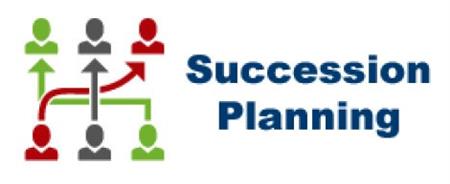
Last month, I provided an insight of the importance of demographics – a vital consideration of succession planning when it comes to training and identifying needs and opportunities for your members.
What would you do in your Club if a key member resigned or fell ill? Would you be prepared?
Succession planning is not an issue that many Clubs address until the AGM, this is reflected in many Clubs not even having a plan evident on ‘My Rotary’. We need to think about succession planning to meet our Incorporation obligations, Rotary commitment and most importantly to provide services and meet our Clubs goals (if we have any). What would happen in you club if a key member were not available?
Have newer members been trusted and mentored with the skills and experience required. Clubs need to ensure they have a formal plan to manage the changes that result from a generational transfer of leadership as well as the ongoing changes that occur when key members are not available.
Effective succession planning demonstrates good planning, management, and leadership through supporting organizational stability and sustainability, by ensuring there is an established process to meet staffing requirements with minimal disruption to the organization.
We need to focus not only on our executive positions but on the key players in our club – from the raffle ticket seller to the BBQ specialist. Key positions can be defined as those that are crucial to the operations of your organization and – because of skill, seniority and/or experience are hard to replace. The most important added benefit is that those members feel valued.
A succession plan should involve nurturing and developing members with the skills (training / certification), knowledge (revised job descriptions), qualities, experience, and the desire – grooming them to move up to fill specific, key positions.
Clubs and Districts should: ·
- Assess their current and future needs based on either their strategic plan, goals and objectives, or priority programs and projects ·
- Learn of the skills, ambitions or potential of members through offering development opportunity ·
- Match these needs to the capabilities of the existing membership · Develop a plan to manage the gaps that will arise when individuals in key positions leave or advance ·
- The plan will generally include a combination of training and developing existing members, and recruitment identification and strategies.